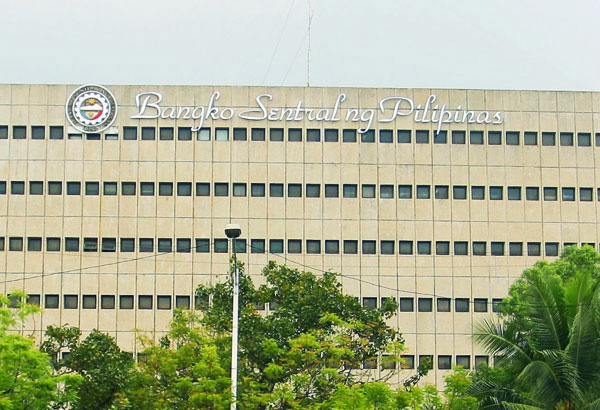By Kathleen A. Martin (The Philippine
Star) | Updated January 19, 2015 - 12:00am

MANILA, Philippines - The Bangko
Sentral ng Pilipinas may release the new residential real estate price index by
the second quarter of this year, BSP Deputy Governor Diwa C. Guinigundo said
last week.
Guinigundo told reporters the central
bank is currently collecting first quarter data for the property index, which
will serve as an indicator of house prices in the country.
“We’re collating data… first quarter
data so maybe it will come in in the second quarter,” Guinigundo said, adding
construction materials and building permits will be the main components of the
index.
The BSP executive last year said the
index will initially cover Metro Manila and nearby provinces but there are
plans to expand this to other key cities in the country.
The central bank aims to build at
least 20 years of data for the new property index aimed at also helping
regulators spot any potential asset bubbles in the sector, Guinigundo said.
The BSP has been continuously
monitoring banks’ exposure to the housing sector given the sustained robust
growth of the sector and rising prices of houses, offices, and lots.
Latest central bank data showed banks’
real estate exposure jumped 23 percent to P1.159 trillion as of end-September
last year.
The bulk of these were real estate
loans, which grew 24 percent to P977.05 billion, while the rest were
investments in the property sector which also increased 25 percent to P384.119
billion.
The central bank has deployed policy
actions to better guard banks’ exposure to the sector and ensure there are no
inflated prices in the property sector, in line with its financial stability
mandate.
Last year, the BSP has required banks
to undergo a separate stress test to assess the impact of their exposure to the
real estate sector in case borrowers fail to pay their loans.
Banks need to maintain a common equity
tier 1 capital ratio of at least six percent and a minimum risk-based capital
adequacy ratio of 10 percent even if 25 percent of their exposure to the sector
has been written off.
Back in 2012, the BSP also enforced
stricter rules for banks’ reporting of their exposure to the real estate
sector.
The system was amended so banks would
also report loans to developers of socialized and low-cost housing, and to
individuals, and credit supported by non-risk collaterals or Home Guarantee
Corp. guarantee.
Banks were also required to report
their investments in debt and equity securities that finance real estate
activities.
________________________________________________________

